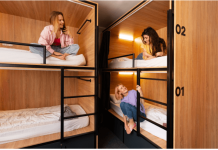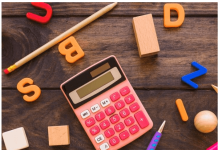The Flipped Classroom model or inverted classroom model is an innovative methodology that changes the way traditional teaching and learning processes are carried out. In the traditional classroom, in general, the teacher presents ideas on a particular topic so that later it is the students who reinforce that topic at home, counting on the support of materials provided by the teacher himself or those obtained by his own incentive. the students.
In the particular case of the Flipped Classroom model , the process is reversed. This is how the student becomes an active agent, since he is obliged to investigate, know and understand the contents of the subject before the moment of class, leaving the classroom only to clarify doubts, discuss the subject or generate collaborative projects.
Supporting these ideas, Perdomo (2016) points out that “this model seeks to reverse the roles and functions of the traditional classroom, that is, that more personalized processes are carried out at home based on the development of activities that would be carried out in a traditional model in classes… ”(p. 2)
Furthermore, the same author mentions that “… the extra-class space becomes the autonomous place for the study of the determined lessons” (p. 2)
From this aspect, this different system from the traditional one, brings as a consequence an innovative and different method, where the student becomes the main protagonist of their learning, building their own knowledge in a similar way to how it happens in the training process in virtual classrooms. In turn, the fact that students advance at home allows classes in the classroom to be more enjoyable, participatory and with the possibility of offering a system that allows for deepening knowledge based on existing knowledge. In addition, it motivates students and invites them to investigate using a variety of materials that meet their training needs.








